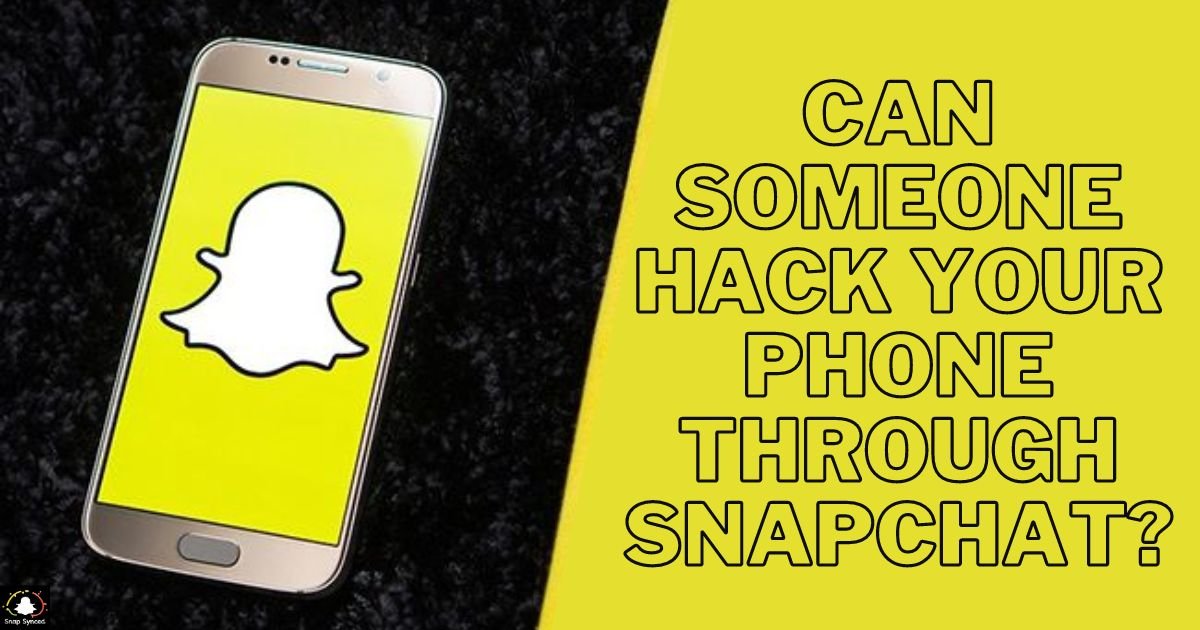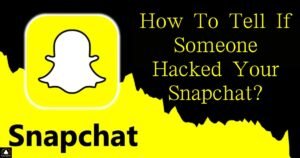With the increasing prevalence of social media platforms in our daily lives, concerns about privacy and security have also grown. Snapchat, a popular multimedia messaging app, is no exception.
Users often wonder about the vulnerabilities associated with using Snapchat and whether it opens them up to the risk of hacking. In this article, we will explore the question, Can someone hack your phone through Snapchat?
Understanding Snapchat Security
Snapchat is a multimedia messaging app created by Evan Spiegel, Bobby Murphy, and Reggie Brown, and it was first released in 2011.
The app gained popularity for its unique feature of allowing users to send photos and videos that disappear after a set time. Despite its popularity, concerns about Snapchat’s security have persisted.
How Snapchat Works
Snapchat allows users to send ‘snaps’ (photos or videos) to their friends or post them to their ‘Story’ for a wider audience. These snaps can be edited with various filters, stickers, and text overlays before being sent.
Snapchat introduced the feature of ‘Snap Map,’ which allows users to share their location with friends in real-time.
Security Measures in Snapchat

| Security Measure | Description |
| End-to-End Encryption | Ensures only sender and recipient can view content |
| Two-Factor Authentication | Adds extra layer of security for account access |
| Privacy Settings | Allows users to control visibility and contacts |
| Account Lockout | Temporarily locks account after multiple login attempts |
| Data Encryption | Protects user data stored on Snapchat’s servers |
Snapchat employs various security measures such as end-to-end encryption, two-factor authentication, and privacy settings to safeguard user data and privacy.
Potential Risks of Hacking Through Snapchat
While Snapchat has implemented security measures to protect user data, no system is completely immune to hacking. Several potential risks associated with hacking through Snapchat include:
Phishing Attacks
Phishing attacks involve tricking users into providing their login credentials or personal information to malicious actors. Hackers may send fake emails or messages pretending to be from Snapchat, asking users to log in to their accounts through a fraudulent link.
Third-Party Apps
Some third-party apps claim to offer additional features or enhancements for Snapchat, such as saving snaps without the sender’s knowledge or providing analytics for users’ Snapchat accounts. These apps may compromise users’ privacy and security by accessing their login credentials or personal data.
Account Takeover
Hackers may attempt to gain unauthorized access to users’ Snapchat accounts by guessing their passwords or exploiting security vulnerabilities in the app. Once they gain access, hackers can impersonate users, send messages on their behalf, or access their private photos and videos.
Data Breaches
Data breaches can occur when hackers gain unauthorized access to Snapchat’s servers or databases, compromising users’ personal information such as usernames, email addresses, and phone numbers.
In such cases, hackers may sell the stolen data on the dark web or use it for identity theft or other malicious purposes.
Case Studies

Snapchat Data Breach of 2014
In 2014, Snapchat experienced a major data breach that resulted in the exposure of millions of users’ personal information. Hackers exploited a vulnerability in Snapchat’s security measures, allowing them to access and download a database containing usernames and phone numbers of approximately 4.6 million users.
Phishing Scams Targeting Snapchat Users
Over the years, there have been numerous reports of phishing scams targeting Snapchat users. In these scams, hackers send fake emails or messages pretending to be from Snapchat, prompting users to log in to their accounts through a malicious link.
Once users enter their login credentials, hackers can take over their accounts and access their personal information. They may even exploit vulnerabilities such as the ‘How To Hide Snapchat Filter Name?’ feature to further compromise user privacy.
Protecting Your Phone and Snapchat Account
While the risk of hacking through Snapchat exists, there are several steps users can take to protect their phones and accounts:
Enable Two-Factor Authentication
Enabling two-factor authentication adds an extra layer of security to your Snapchat account by requiring a verification code sent to your phone number or email address for login. This can help prevent unauthorized access to your account even if your password is compromised.
Use Strong, Unique Passwords
Choose strong, unique passwords for your Snapchat account and avoid using the same password for multiple accounts. Consider using a password manager to generate and store complex passwords securely.
Be Cautious of Third-Party Apps
Avoid using third-party apps or services that claim to offer additional features for Snapchat, as these may compromise your privacy and security. Stick to the official Snapchat app downloaded from the App Store or Google Play Store.
Stay Vigilant Against Phishing Attempts
Be cautious of unsolicited emails or messages asking you to log in to your Snapchat account or provide personal information. Verify the authenticity of such messages by contacting Snapchat directly through their official website or app.
FAQ’s
How does Snapchat protect user data?
Snapchat protects user data through end-to-end encryption, ensuring that only the sender and recipient can view content.
Are third-party apps safe to use with Snapchat?
Using third-party apps with Snapchat can compromise privacy and security, so it’s best to stick to the official Snapchat app.
What should I do if I receive suspicious messages claiming to be from Snapchat?
If you receive suspicious messages, verify their authenticity through Snapchat’s official website or app and avoid clicking on any links provided.
Conclusion
While Snapchat has implemented security measures to protect user data, the risk of hacking through the platform still exists. Users should remain vigilant against phishing attempts, avoid using third-party apps that may compromise their privacy, and take steps to secure their Snapchat accounts.
By staying informed and proactive about cybersecurity, users can mitigate the risks associated with using Snapchat and other social media platforms.








